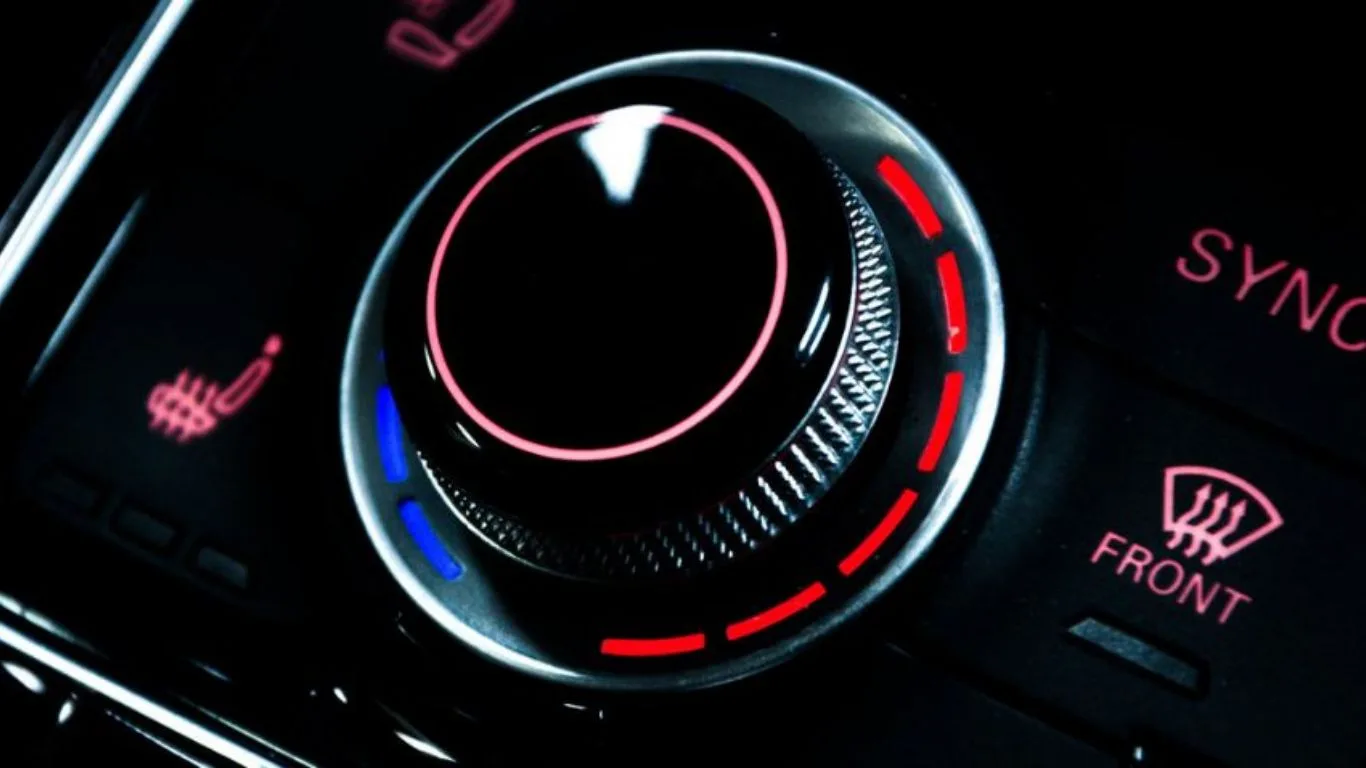During the cold winter months, a functioning car heater is essential for comfortable and safe driving. However, if you find that your car heater is not working, it can be frustrating and inconvenient. In this article, we will explore the common causes of a car heater not working and provide you with practical solutions to resolve the issue.
How Does the Car Heating System Work?
Before we delve into the reasons why your car heater may not be working, let’s understand how the car heating system operates. The car’s heating system is closely connected to its cooling system and utilizes the heat generated by the engine to warm the air circulating inside the vehicle. When you start your car, the heater does not immediately blow hot air. The engine needs to reach its optimal operating temperature for the heater to function effectively. This is where the thermostat plays a crucial role.

The Thermostat and its Importance
The thermostat is a temperature-sensitive valve located between the engine and the radiator. It regulates the flow of coolant through the engine, ensuring that it reaches its ideal operating temperature. If the engine is too cold, the thermostat remains closed, preventing the flow of coolant to the heater core, resulting in cold air blowing from the vents. Once the engine reaches the desired temperature, the thermostat opens, allowing hot coolant to circulate through the heater core, providing warm air to the cabin.
Common Causes of a Car Heater Not Working
Now that we have an understanding of how the car heating system works, let’s explore the common reasons why your car heater may not be functioning properly.
Low Coolant Level
One of the most common causes of a car heater not working is a low coolant level. The coolant, also known as antifreeze, is responsible for absorbing heat from the engine and transferring it to the heater core. If there is a leak in the cooling system or a faulty radiator cap, it can lead to a loss of coolant. As a result, the heater core does not receive the hot coolant it needs to generate warm air. To check if your coolant level is low, inspect the coolant reservoir and ensure it is filled to the recommended level. If you notice a significant drop in coolant level, it is advisable to have your vehicle inspected for leaks and get the issue resolved.
Malfunctioning Thermostat
A faulty thermostat can also cause your car heater to blow cold air. If the thermostat is stuck open, it allows coolant to continuously flow through the radiator, preventing the engine from reaching its optimal operating temperature. Consequently, the heater core does not receive sufficiently hot coolant, resulting in cold air blowing from the vents. Replacing a faulty thermostat is relatively straightforward, but it is essential to ensure that the cooling system is properly bled and refilled after the replacement.
Clogged Heater Core
Another common culprit behind a car heater not working is a clogged heater core. Over time, the heater core can accumulate debris, rust, and sediment, obstructing the flow of coolant. This prevents the heater core from efficiently transferring heat to the air passing through it. Symptoms of a clogged heater core include reduced airflow from the vents and lukewarm air despite the engine reaching the correct temperature. Flushing the heater core can help remove the accumulated debris and restore proper functionality.
Faulty Blower Fan or Resistor
If your car heater is not blowing any air, the blower fan or its resistor may be at fault. The blower fan is responsible for drawing in outside air and passing it over the heater core, where it gets heated before being blown into the cabin. If the fan or its resistor malfunctions, it can result in no airflow or reduced airflow. Replacing a faulty blower fan or resistor is usually a straightforward process, but it is recommended to consult your vehicle’s manual or seek professional assistance for guidance.
Blocked or Dirty Cabin Air Filter
A blocked or dirty cabin air filter can also impact the performance of your car heater. The cabin air filter is responsible for filtering the outside air before it enters the HVAC system. If the filter becomes clogged with dirt, dust, and debris, it can hinder the airflow, reducing the effectiveness of the heater. Regularly inspecting and replacing the cabin air filter, according to the manufacturer’s recommendations, can help ensure proper airflow and optimize the performance of your car’s heating system.
Additional Tips for Resolving Car Heater Issues
Check for any leaks in the cooling system and have them repaired promptly.
Inspect the heater control valve and ensure it is functioning correctly.
Verify that the temperature control knob or button is set to the desired temperature.
Consider having your vehicle’s heating system inspected and serviced by a qualified mechanic if the issue persists.
By addressing these common causes of a car heater not working, you can restore the functionality of your heating system and enjoy a comfortable driving experience even during the coldest winter months.
Remember, if you are unsure about diagnosing or resolving the problem yourself, it is always best to seek professional assistance to avoid any further damage to your vehicle.
Conclusion
A car heater not working can be a frustrating issue, especially during the winter season. By understanding the various reasons behind this problem and following the recommended solutions, you can restore the functionality of your car’s heating system. Regular maintenance and prompt repairs are essential to ensure optimal performance and a comfortable driving experience. Stay warm and safe on the roads!
